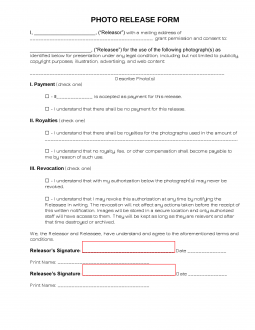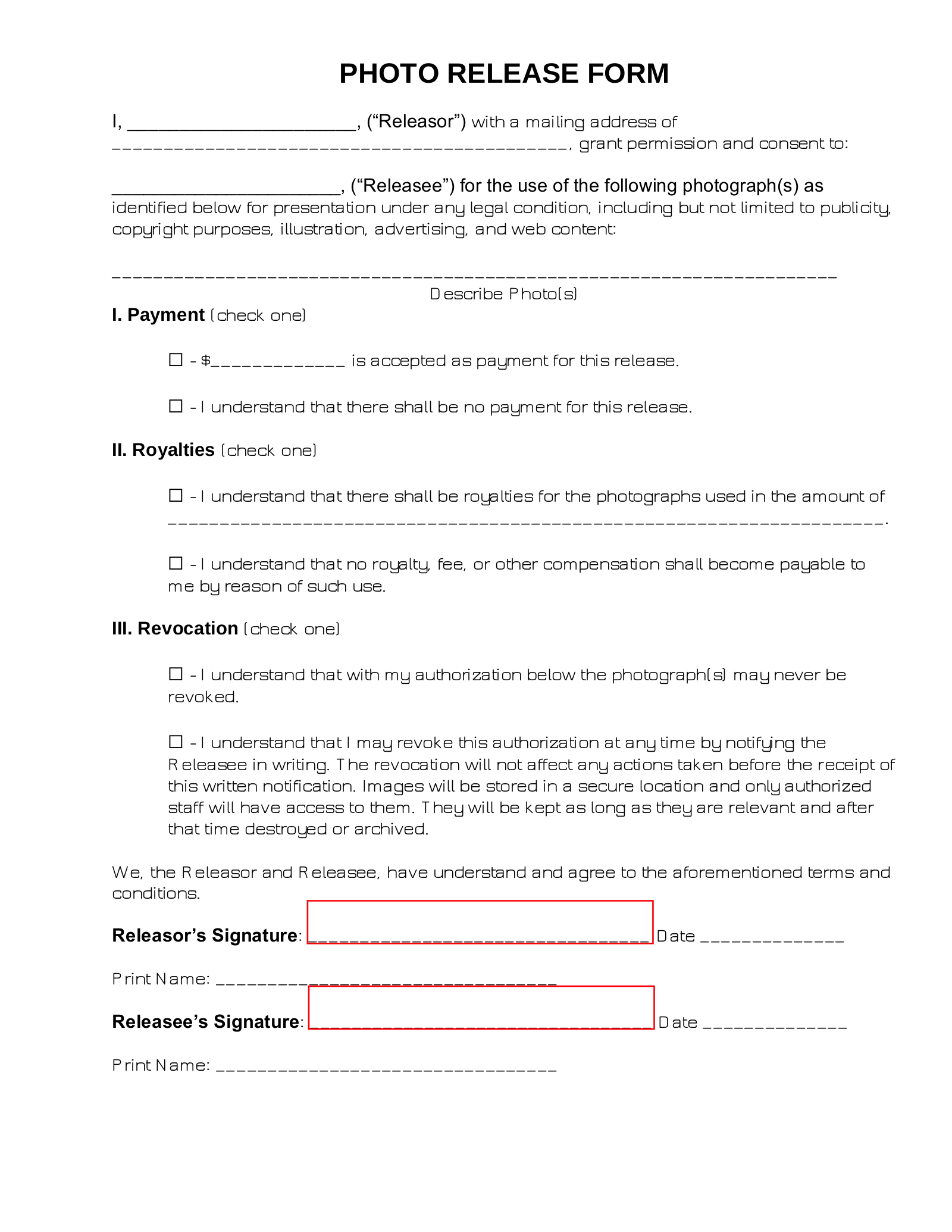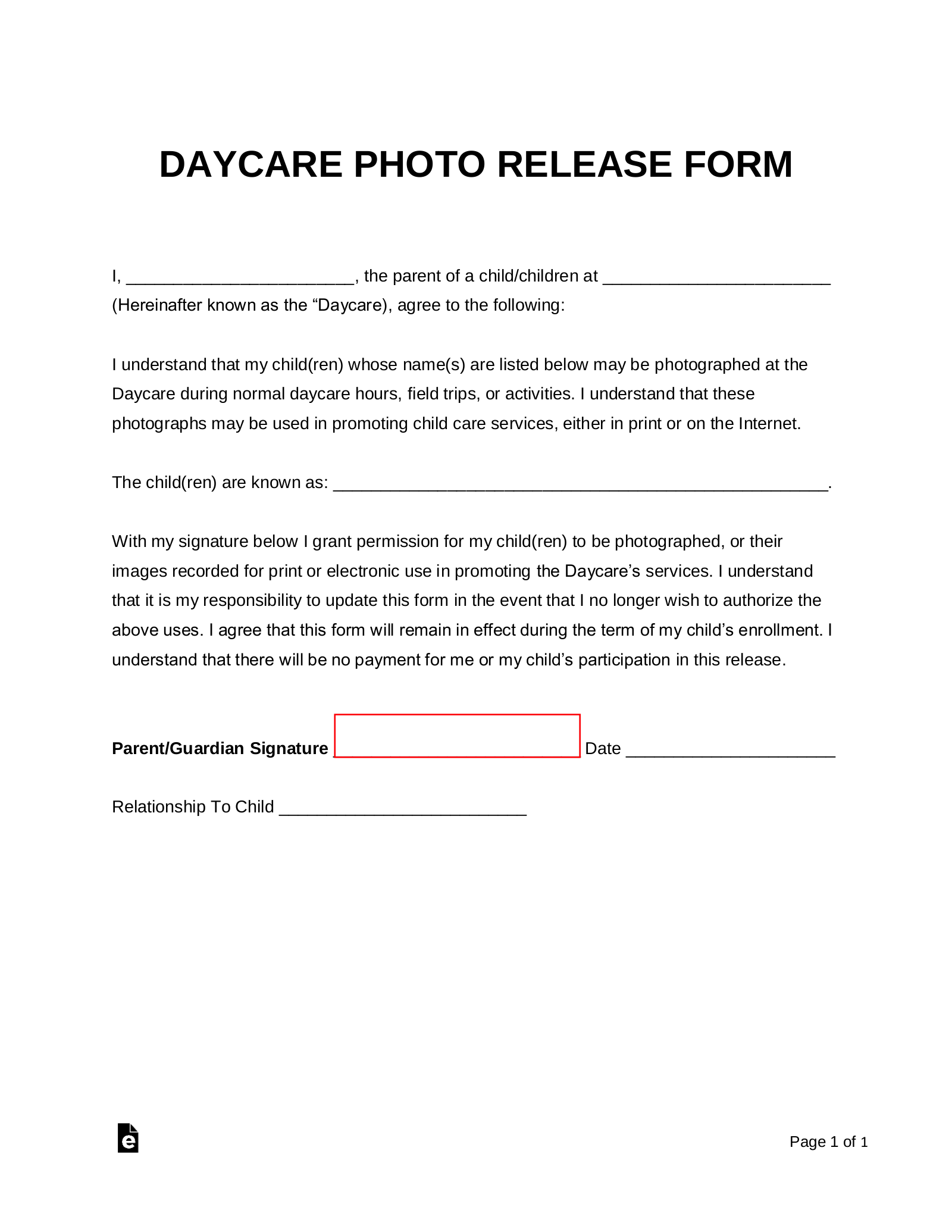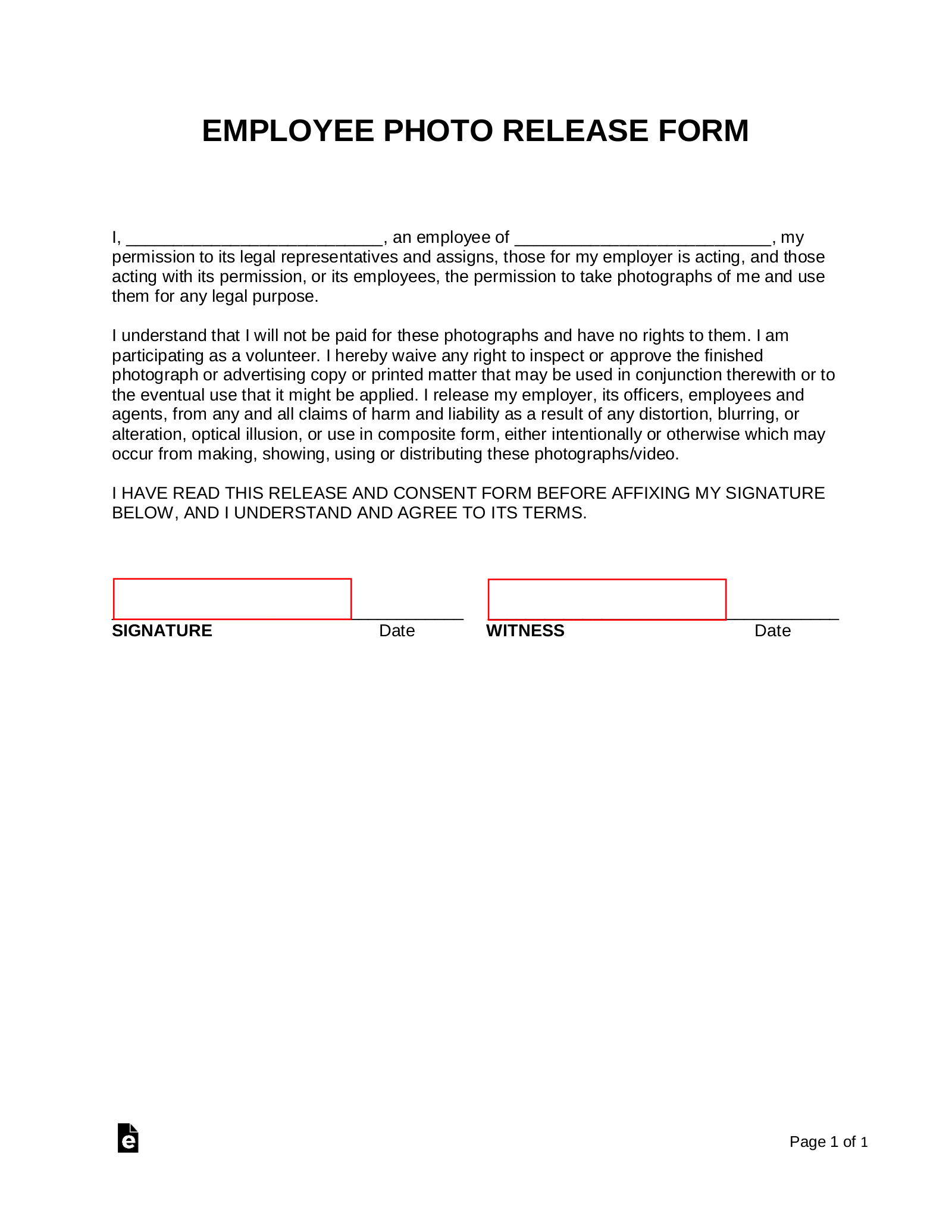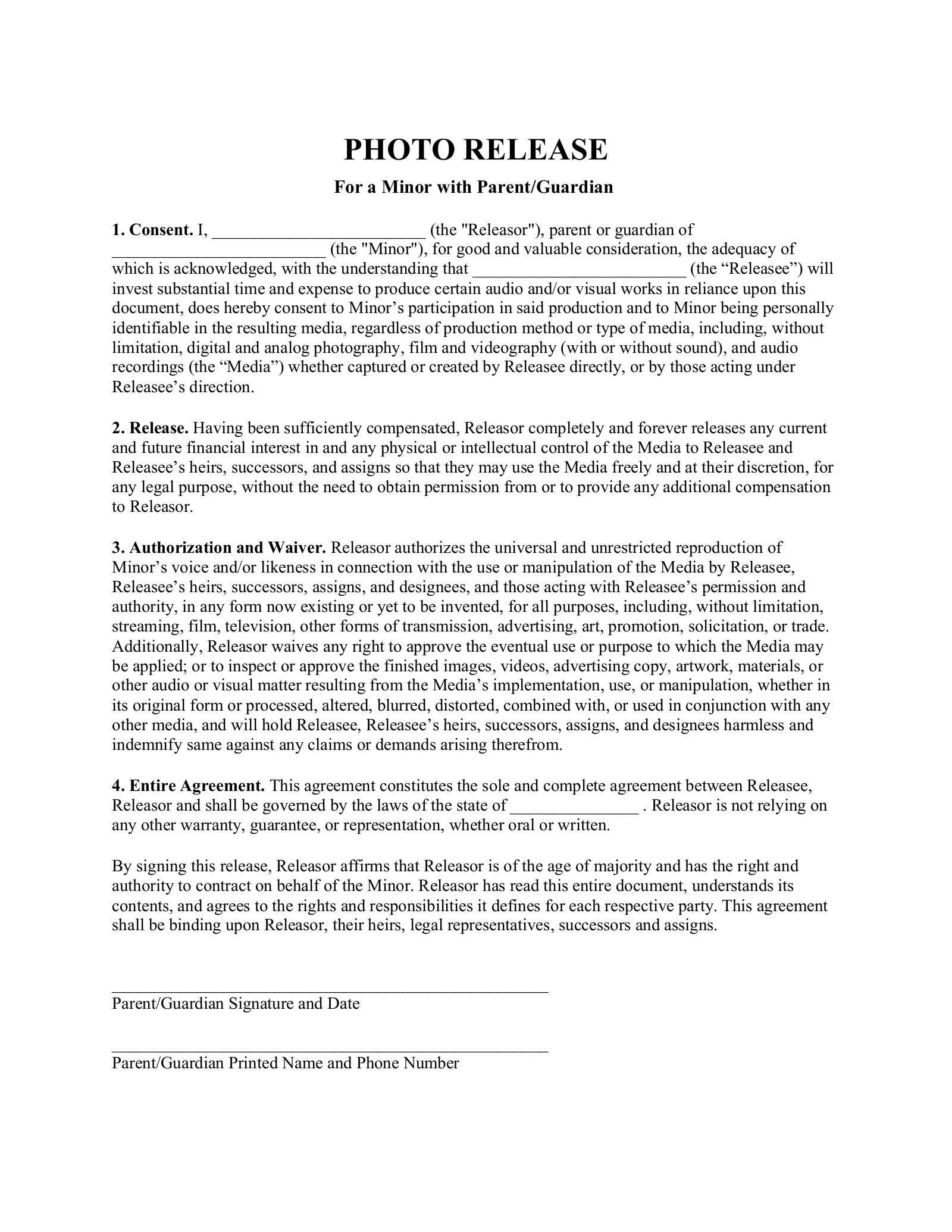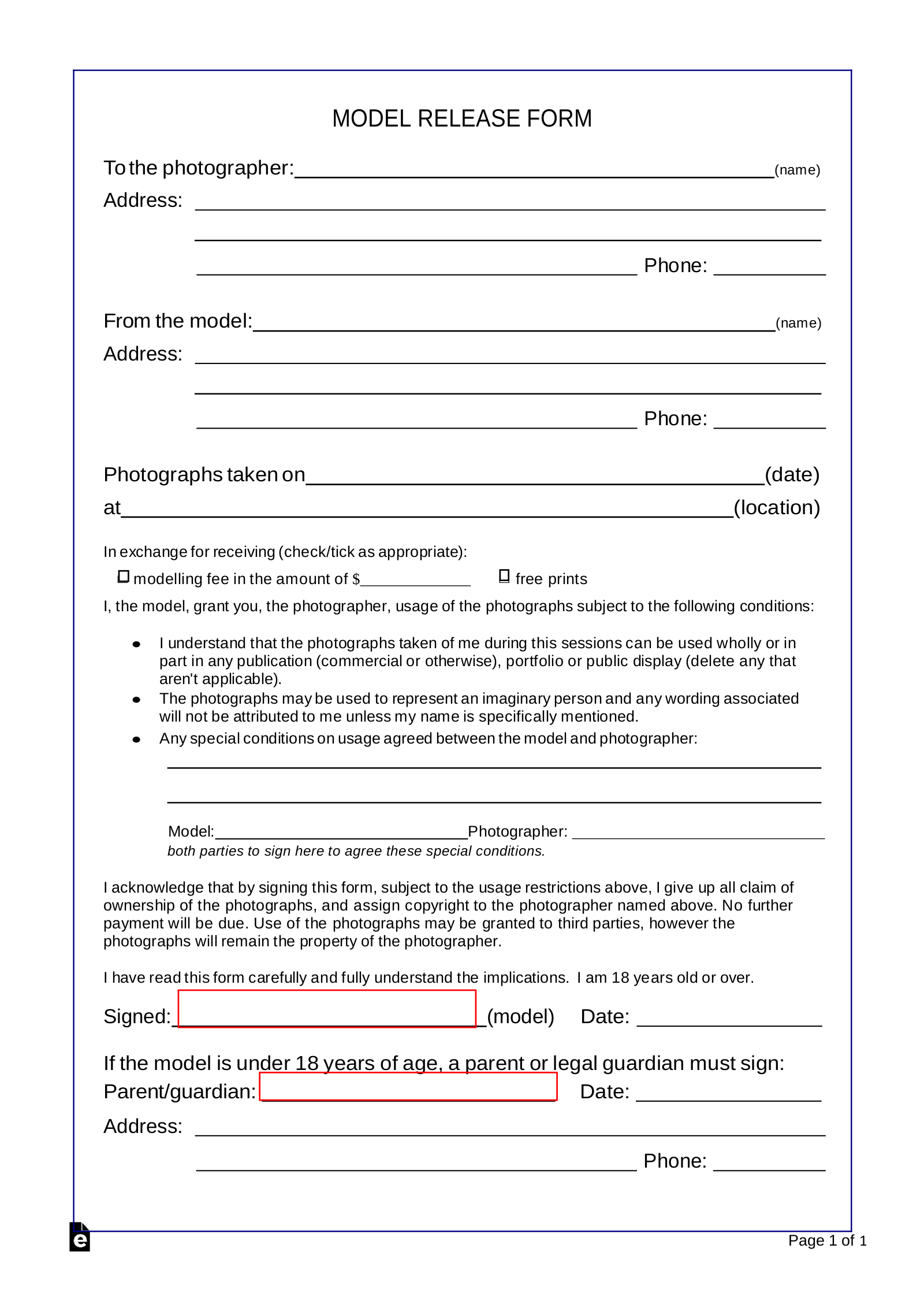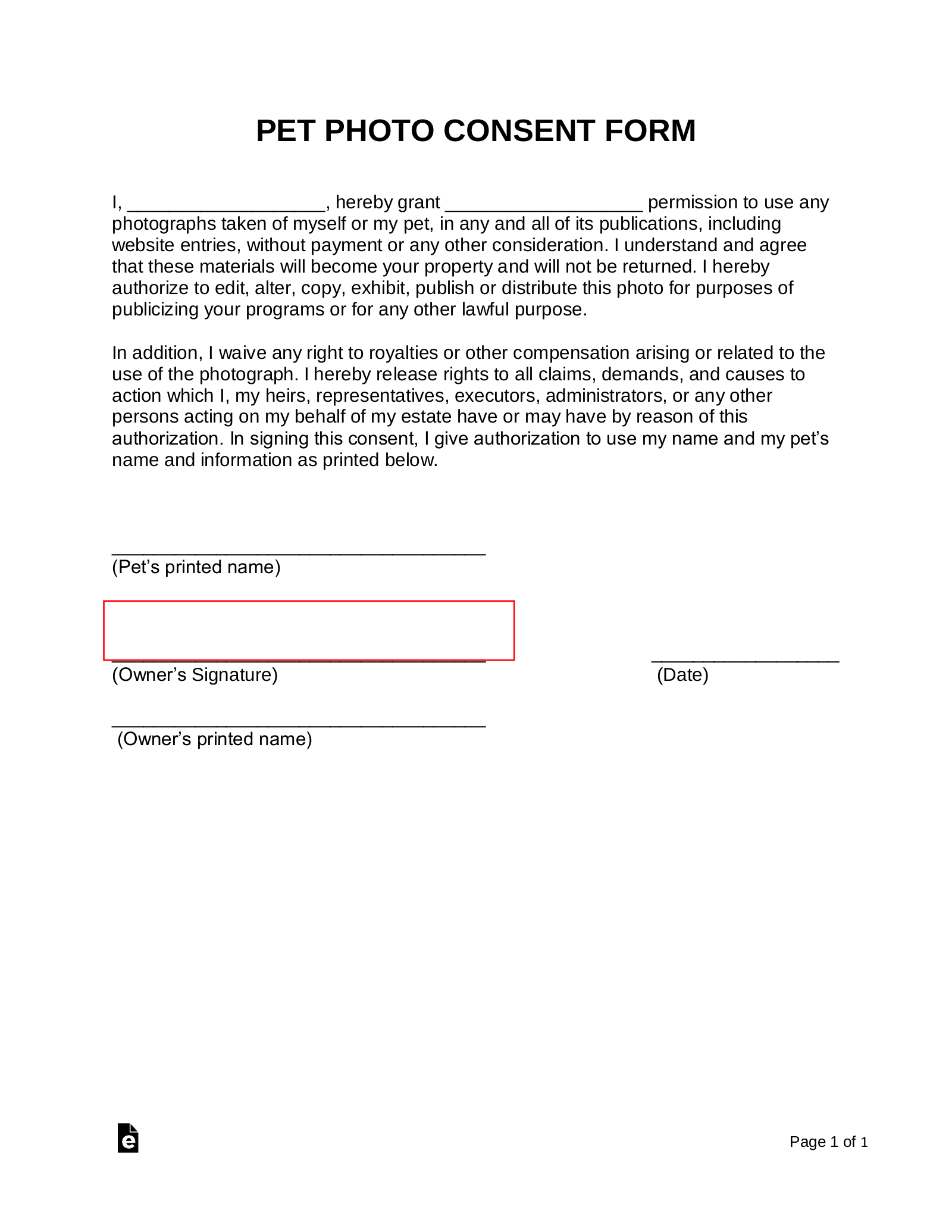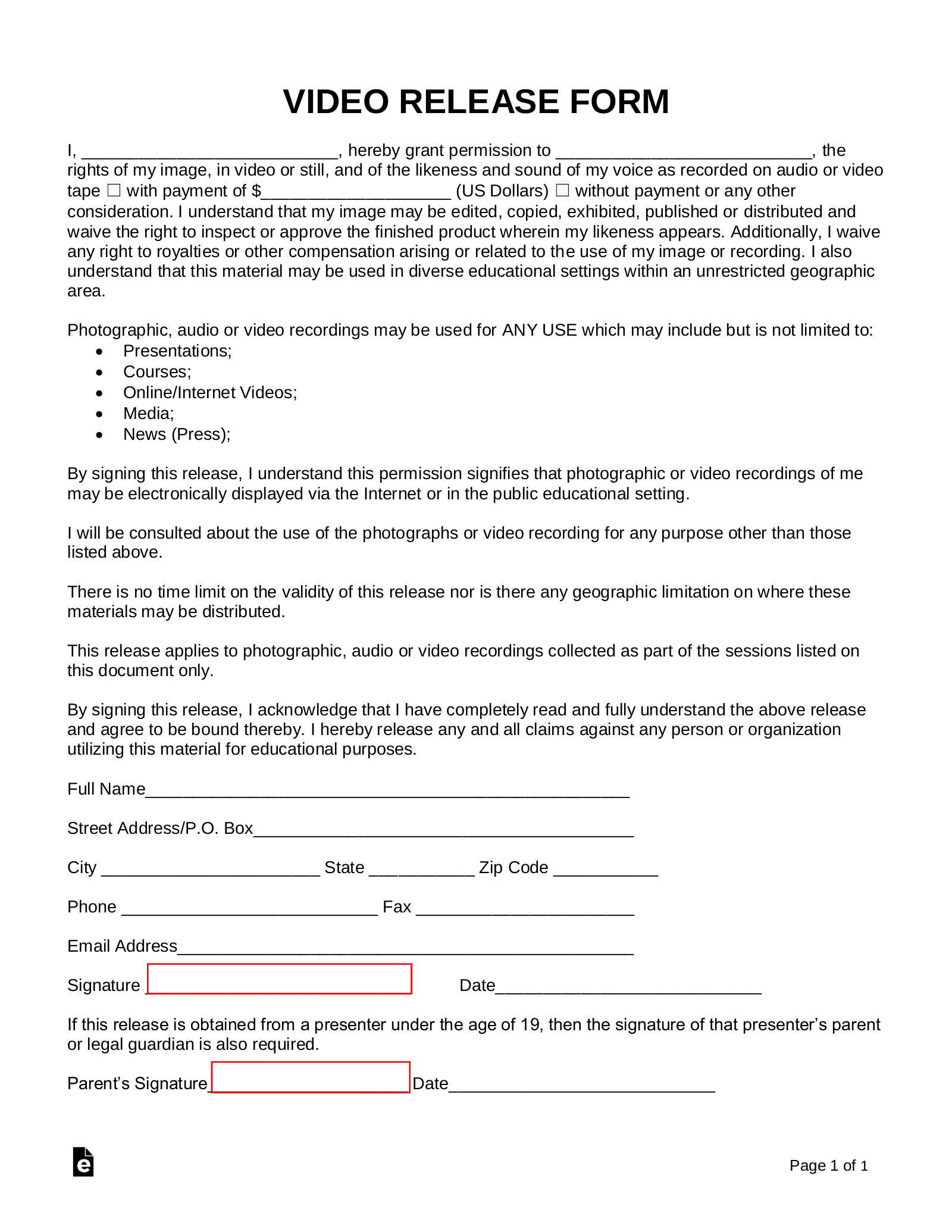Updated February 08, 2024
Or use ContractsCounsel to hire an attorney!
A photo release form allows an individual or photographer to obtain consent from the other party in order to use photographs for personal or commercial use. The releasing party, the “releasor,” can choose to give away the rights to the images for free or charge a fee or royalty. In the case where there is payment involved, the rights of ownership to the images do not become final until the payment has been made and the release form has been authorized.
Table of Contents |
By Type (7)
What is a Photo Release Form?
A photo release form is a legally binding document that grants a photographer, business entity, or specified individual (the “Releasee”) authorization to obtain photographs for personal or commercial use. The model or specified individual (the “Releasor”) provides authorization, can request payment, royalties or can provide the rights to future use, free of charge.
When is a Photo Release Form Needed?
A photo release form is needed when a recognizable image of an individual will be utilized in an attempt to receive profit. Profit may be defined as money, promotion of services, or publication (i.e. a brochure or business card). Anytime an individual is hired as a model (can be defined as an employee or independent contractor), a photo release form will be needed in order to distribute and use those photos for profit.
A photo release form is NOT needed when taking photos in public. If a photo release form was needed for every individual captured in a picture, YouTubers and most media outlets would be in serious trouble. Normally on public property, it is perfectly legal to take pictures without a photo release form.
How to Make a Photo Release Form (3 steps)
- Download the Appropriate Photo Release Form
- Give Clear Instructions to the Client (Releasor)
- Sign and Begin Taking Photos
1. Download the Appropriate Photo Release Form

There are many types of photo release forms depending on the subject being photographed. The most popular form being the Model Photo Release Form. Most forms include the following general information:
- Name of Photographer or Releasee
- Name of Model or Releasor
- Address and phone number
- Description of specified photographs
- Longevity of the validity of the form
- Detailed intent of photographic use
- Conditions of participation
2. Give Clear Instructions to the Client (Releasor)

The Photo Release Form should be discussed between the Releasee and the Releasor to confer and ensure understanding of the intent of the photographic image and distribution intention (i.e., advertising, commercial business purpose – calendar, website, poster, etc.) as well as how and when the payment (amount and date of payment must be specified) will be made or what will be exchanged, if applicable. Additionally, instructions should be provided to the client if revocation of the Photo Release Form is allowed, and under what circumstances it can be done, any royalties to be received by the releasor should be identified on the form, along with where to sign and who is required to sign.
3. Sign and Begin Taking Photos
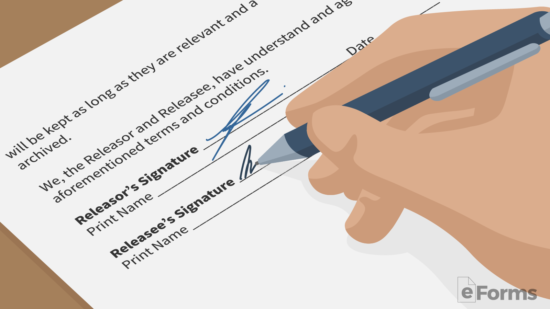
A photo release form is easy enough, typically 1 page in length, that a lawyer is not needed for consulting. A photographer will normally have a large batch full of model release forms in a folder when showing up for a job. A model will typically sign the form just prior to the shoot being filmed. Once signed, the photographer should safely store the form away in their bag or folder.
Using with Minors
When a Photo Release Form will be involving a subject not of legal age, at least one parent or legal guardian will be required to also sign and be in agreement with the form. Adulthood determining age is defined by each state and local laws should be referred or legal counsel can be requested. An emancipated minor will not require the additional signature of a parent or guardian.

